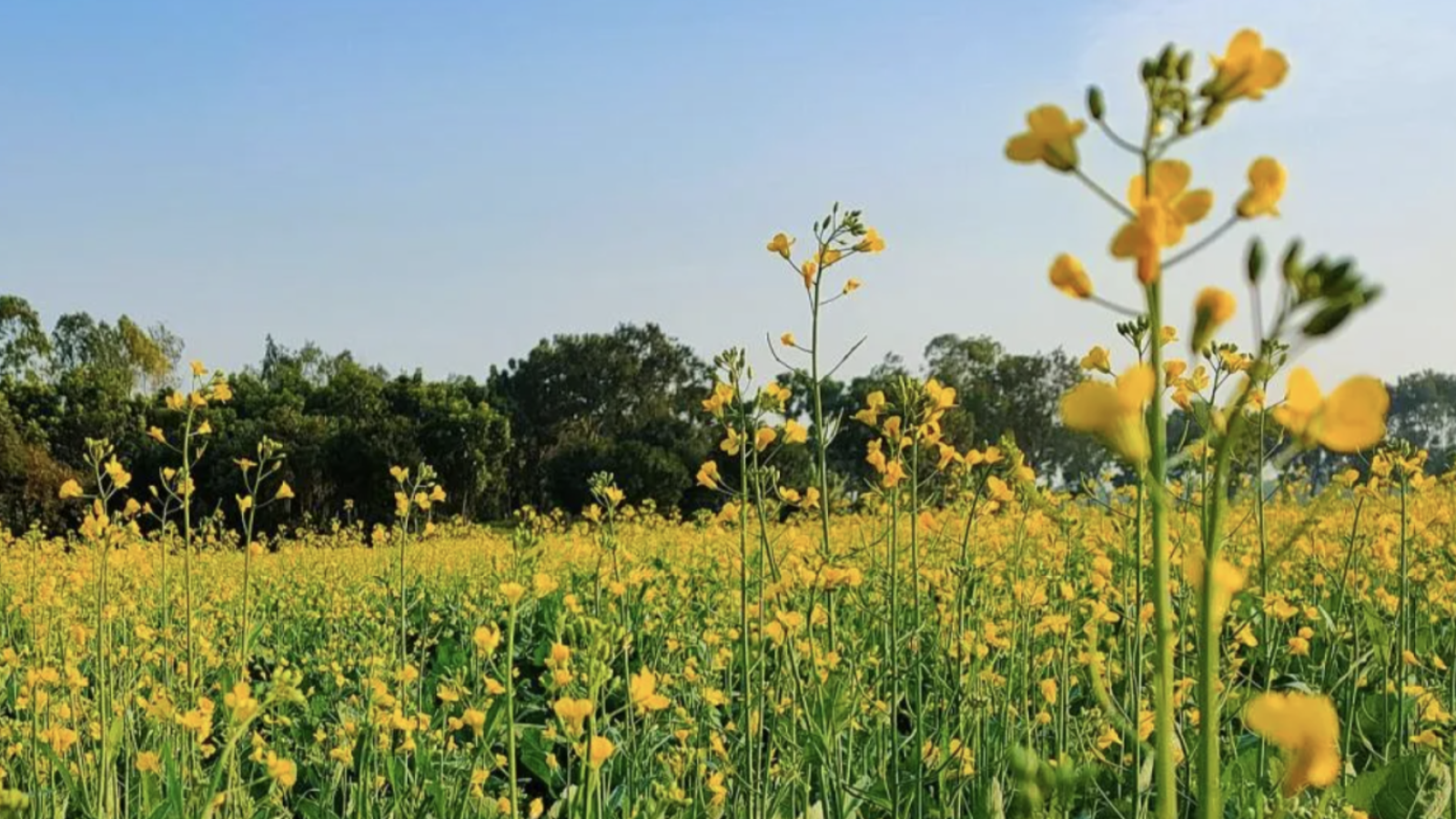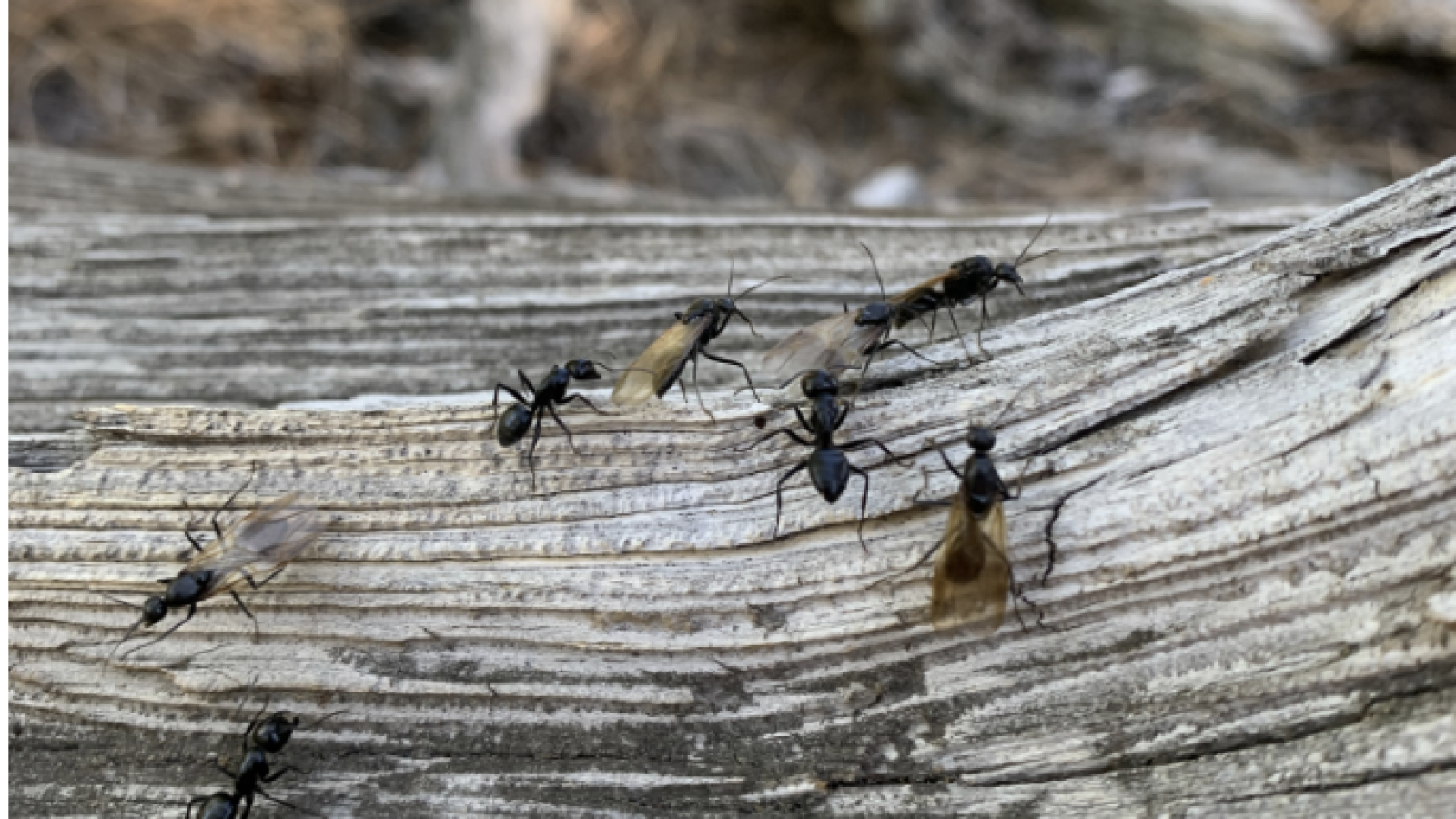Agave plants in bloom after nearly 30 years
By Olivia Doak
Two agave plants are in rare bloom for the next couple of weeks after being planted nearly 30 years ago at the University of Colorado Boulder.
The agave is also known as a “century plant” because of how rarely it blooms. CU Boulder Greenhouse Director John Clark said the plant takes anywhere from 20 to 40 years to mature, sometimes longer.
“It’s one of those plants that if I were to seed today, I may not get to see it actually bloom. It may be something for future generations,” Clark said. “So it’s something that you get to enjoy when you get to see it bloom, but really what you do enjoy is the shape of the plant itself through the majority of its life.”
The blooms last for about two weeks before they shrivel up and the plant dies. There are two agave plants in bloom now; one is about 10 to 12 feet tall and the other is 12 to 15 feet tall.
The agaves were planted by former CU Boulder professor Allan Taylor, who died last year. Yoana Georgis, Taylor’s daughter, said he was a lover of all kinds of plants and planted upwards of 100 trees and plants around campus.
“We kind of joked about him being a Johnny Appleseed,” Georgis said. “He really wanted to beautify the campus and he really wanted to plant these things because he knew they’d bring a lot of beauty.”
Another one of the agaves Taylor planted bloomed last year and he was able to see it before he died. Georgis said she wishes he could’ve seen the two in bloom this year because he “would’ve been tickled by it.”
Taylor joined the CU Boulder faculty in 1964 and died in late 2022. In addition to being a lover of plants and trees, he was a language specialist and collector of items such as southwestern Pueblo pottery and western Navajo weavings.
Taylor developed numerous varieties of plants, including “Taylor’s sunburst” pine trees. Several of these pine trees, called Pinus contorta, grow in the same garden as the agave.
“I am absolutely thrilled that it’s creating the buzz that it’s creating because that’s the meaning of a legacy. After you’re gone, there’s something that brings people joy,” Georgis said. “And that makes me really happy.”Boulder resident Liz Jessup went to visit the plants on Monday. She said she was impressed by their size and that there’s two in bloom at the same time.
“This is a unique plant that blooms every century, and I won’t be here for the next century, so I thought I better come and see it now,” Jessup said.
The agave is not native to Colorado. It commonly grows in Mexico and parts of the southwestern United States where the climate is warm and dry. The agave is in the family of Asparagaceae, and Clark said the plant looked like a giant stalk of asparagus when it was first up and growing.
The plants have survived hail, floods, wildfire smoke and more to live long enough to bloom. Clark said they’re planted in a mounded area that drains well, a key factor in their success.
The agaves are available to see at the CU Boulder greenhouse, 1380 30th St. One is located directly next to the parking lot and the other is around the corner from the parking lot on the south side of the building.







